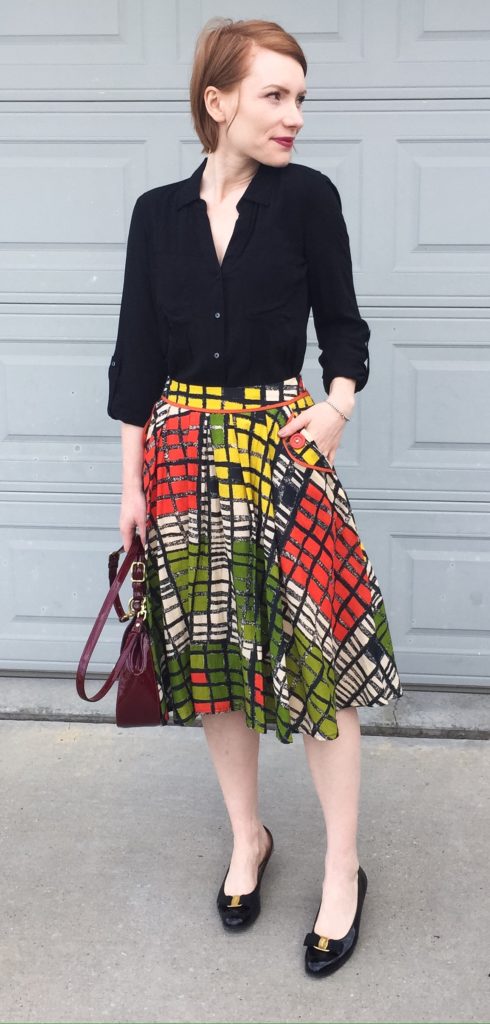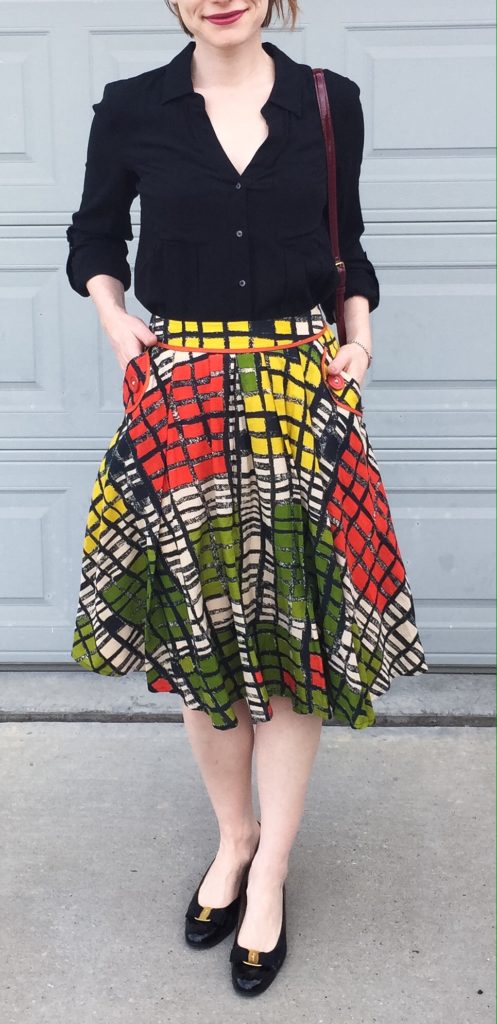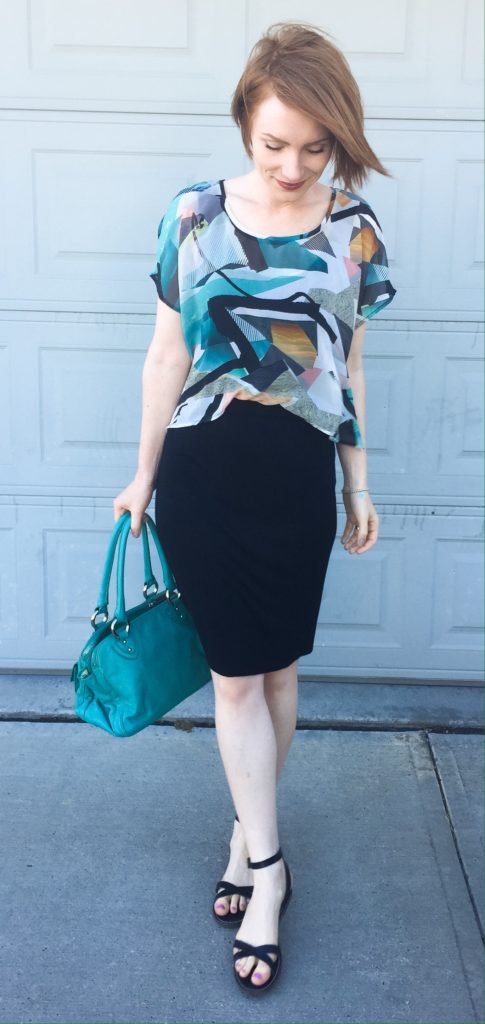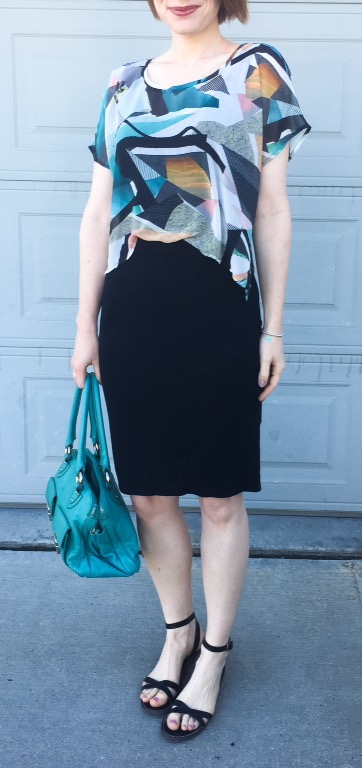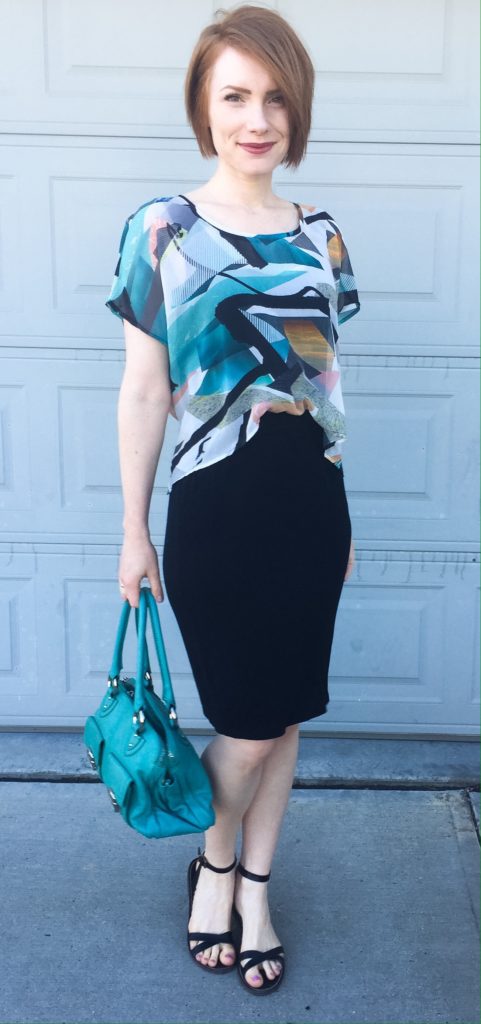A month or two ago, I thrifted a copy of Call The Midwife, which sounded familiar because a few readers had recommended the TV show a while back. I put off reading it for a long time because the subject matter wasn’t quite “calling my name”; I don’t know about you guys, but reading is like food for me — some days I want steak, some days I want sushi. A couple of weeks ago, finally, I was in the mood for Call The Midwife. It was a nice, enjoyable read. The writing is nothing spectacular, but the stories — recounting the experiences of the author as a midwife in 1950s East London — are quite engrossing. There is a bit of what I would call “technical information” sprinkled throughout (bits about the history of midwifery and nursing), but the focus is largely on the women of Nonnatus House (the midwives’ residence) and their patients, which is really the strength of the book. I’d give it a 7/10 overall, and I’m probably being a bit stingy.
But my favourite thing about the book was … well, the fact that it inspired a TV show. Part way through my read, I decided to check out the show out of curiosity. I was immediately hooked. For some reason, I never warmed up to Nurse Jenny (the character based on the author of the book) but I love most of the other recurring characters, and quickly became invested in their storylines. Speaking of which, I am currently finishing up Season 3, and I have a couple of questions. I know the show is old news to most of you, but please indulge me for a moment. Did I somehow miss the episode that explained what happened to Silent Jane and the loquacious vicar? I hearted those two, and I was really bummed out when the vicar disappeared, seemingly never to return. Do I have to read the follow-up books to find out what happens, or does the show eventually tell us as well?
(And since we are on the topic of men of God, Nurse Trixie’s vicar is alright, but I keep wishing that James Norton would show up instead. A girl can dream.)
Second, does anyone else think there is something weird about Dr. Turner and Sheilagh’s relationship? It all started off with lots of UST, and then … nada. I keep wanting to shout at the screen “you’re married now, it’s alright for you to kiss her on the lips, Patrick!” every time he grabs her hand for a loving squeeze. It’s all … terribly Victorian or something. Weird. I will say that it’s been interesting to watch a show that focuses more (screen) time on various couples’ marriage than their courtship. Did I mention how much I adore Chummy and Peter?
Anyway, I love the show and how it tackles all sorts of social issues of the era, with a particular focus on women’s stories. Would highly recommend if you need binge-watching material on Netflix.
This excerpt from Anne Helen Petersen’s upcoming book is a fantastic (long) read in which she addresses the “disruptive” narrative of Kim Kardashian’s pregnancy. Don’t like the Kardashians? Trust me, you will enjoy this article. AHP is brilliant, and I can’t wait for her book to come out (psst, it’s called Too Fat, Too Slutty, Too Loud: The Rise and Reign of the Unruly Woman).
I also enjoyed reading these thoughts from Rick Owens over at The Fashion Law, although I was kinda bummed out to see yet another designer who subscribes to the daily uniform approach to dressing. I know it’s wholly subjective, but I can’t fathom being a fashion creative yet always wearing the Same Thing. I am not talking about having a cohesive, very specific aesthetic; I am talking about wearing the same, exact items, every day. I guess some people get joy out of creating different clothes for others, not necessarily wearing them.
As always, share your book/TV/Netflix/article recc’s in the comments. Happy Friday!

